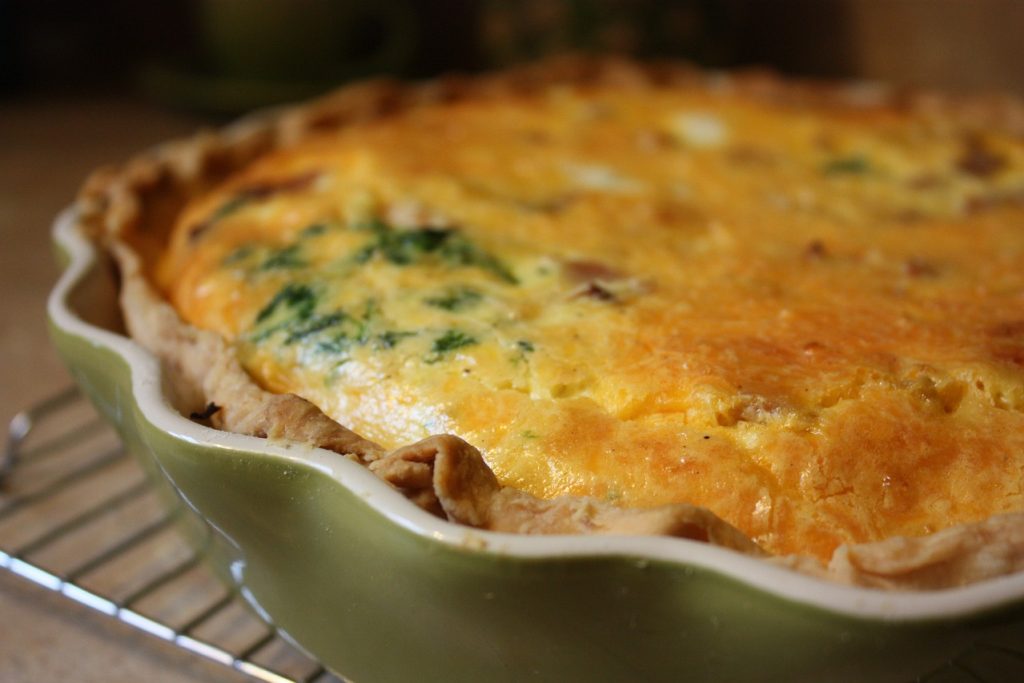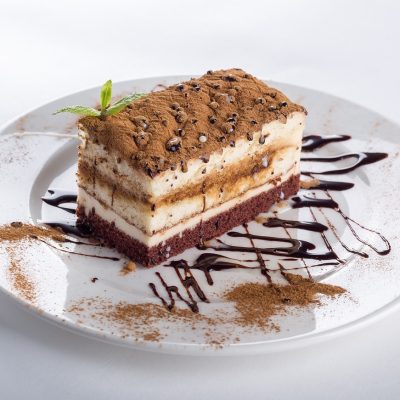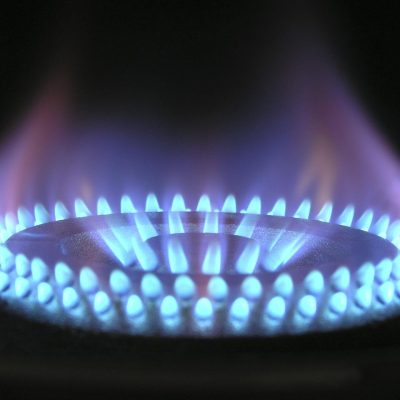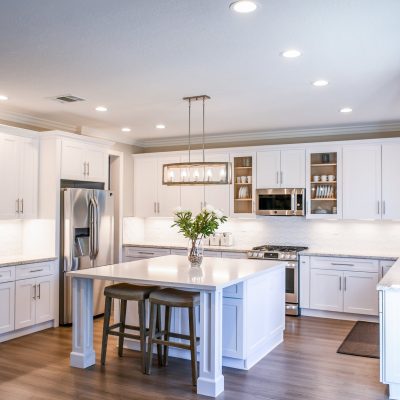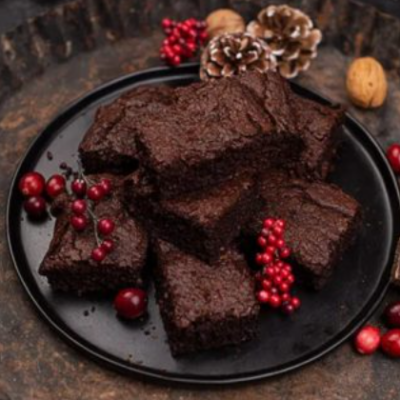Cooking with Brenda Gantt, an incredible pie crust recipe. A pie paw is a tool used for shaping and crimping pie crusts. It is typically made of plastic or metal and has a flat surface with fluted edges for crimping the pie crust. It creates a decorative edge on pie crusts and is also useful for pressing and smoothing out dough.
Nutrient Facts
A standard pie crust made from flour, butter, and sugar typically contains the following nutrients per 100 grams (approximately 3.5 ounces):
- Calories: 464
- Fat: 24.5 g
- Saturated Fat: 15 g
- Cholesterol: 61 mg
- Sodium: 238 mg
- Carbohydrates: 60 g
- Fiber: 1.9 g
- Sugar: 5.9 g
- Protein: 6 g
It is important to note that the exact nutritional content of a pie crust may vary based on the recipe and the ingredients used.
How To Make Pie Paw Pie Crust?
Ingredients
- 2 1/2 cups all-purpose flour
- 1 teaspoon salt
- 1 teaspoon sugar
- 1 cup unsalted butter, chilled and diced
- 4-6 tablespoons ice water
Instructions
- Whisk together the flour, salt, and sugar in a large bowl.
- Add the chilled, diced butter to the bowl and use a pastry cutter or your hands to work the butter into the flour mixture until it resembles coarse crumbs.
- Gradually add the ice water, one tablespoon at a time, and mix until the dough comes together. Be careful not to overmix.
- Divide the dough in half and shape it into two discs. Wrap each disc in plastic wrap and chill for at least 30 minutes.
- Roll out one of the dough discs on a floured surface to fit a 9-inch pie dish. Place the dough into the pie dish and trim the edges to about a 1-inch overhang.
- Roll out the second dough disc and use a pie paw to crimp the edges of the pie.
- Fill the pie crust with your desired filling and bake according to the recipe instructions.
For those of you who enjoy various pie crusts, next, we’ll look at some alternatives.
Crust Alternatives For Pie Paw Pies
These alternatives can add different flavours and textures to your pie, and some can be healthier depending on the ingredients used. There are many alternatives to traditional pie crusts, including:
- Crumb crust: made from crushed cookies, graham crackers, or other sweet crackers mixed with melted butter.
- Nut crust: made from ground nuts like almonds, hazelnuts, or pecans mixed with butter and sugar.
- Graham cracker crust: made from graham cracker crumbs mixed with melted butter and sugar.
- Shortbread crust: made from a mixture of butter, sugar, and flour pressed into the pie dish’s bottom.
- Chocolate crust: made from chocolate wafer cookies or chocolate graham crackers mixed with melted butter.
- Coconut crust: made from sweetened coconut flakes mixed with melted butter.
- Gluten-free crust: made from a combination of gluten-free flour, such as almond flour, coconut flour, or rice flour, mixed with butter or oil.
We also frequently need guidance about what type of pie pan we should use. You can use the following pie pan to determine what shape of pie to make.
Pie Paw Pans
Pie paw pans are baking pans designed specifically for making pie crusts. They typically have a fluted edge and a shallow, slanted design that allows the crust to bake evenly and helps create a uniform, decorative edge. Some pie paw pans are also made with non-stick coatings to remove the baked pie easier.
A pie paw pan can make creating a professional-looking pie crust easier, and the fluted edge can add a decorative touch to your baked goods. However, a standard pie dish or a tart pan can be used as a substitute if a pie paw pan is unavailable. Let’s learn more about them below.
Types Of Pan For Pie
A bunch of types of pans can be used for making pies, including:
- Pie dish: a round, shallow dish with sloped sides that are typically made of glass or ceramic.
- Tart pan: a shallow, circular pan with a removable bottom and straight sides, often used for making fruit tarts or other baked goods.
- Pie pan with a lattice top: a round, shallow dish with a lattice pattern cut into the top of the pie crust to allow steam to escape and filling to be visible.
- Pie dish with a crimped edge: similar to a standard pie dish, but with a fluted or crimped edge for a decorative touch.
- Springform pan: a round, hinged pan that opens and closes, allowing for easy removal of the pie from the pan.
- Cast iron pie pan: a heavy, durable pan that can be used on the stovetop or in the oven and is ideal for making deep-dish pies.
Each type of pan has its own unique features and benefits, and the choice of the pan will depend on the type of pie you are making, your personal preferences, and your oven and kitchen setup.
How To Crimp Pie Crust?
To crimp the pie crust, first, make sure the edges of the pie dish and the top crust are even. Then, use your thumb and index finger to create a U-shape indentation along the edge. Repeat this process, pressing down with your thumb and pushing up with your index finger to create a scalloped edge. Alternatively, you can press the tines of a fork all around the edges to create a decorative pattern.
Feature Image: Pixabay
Read More:

